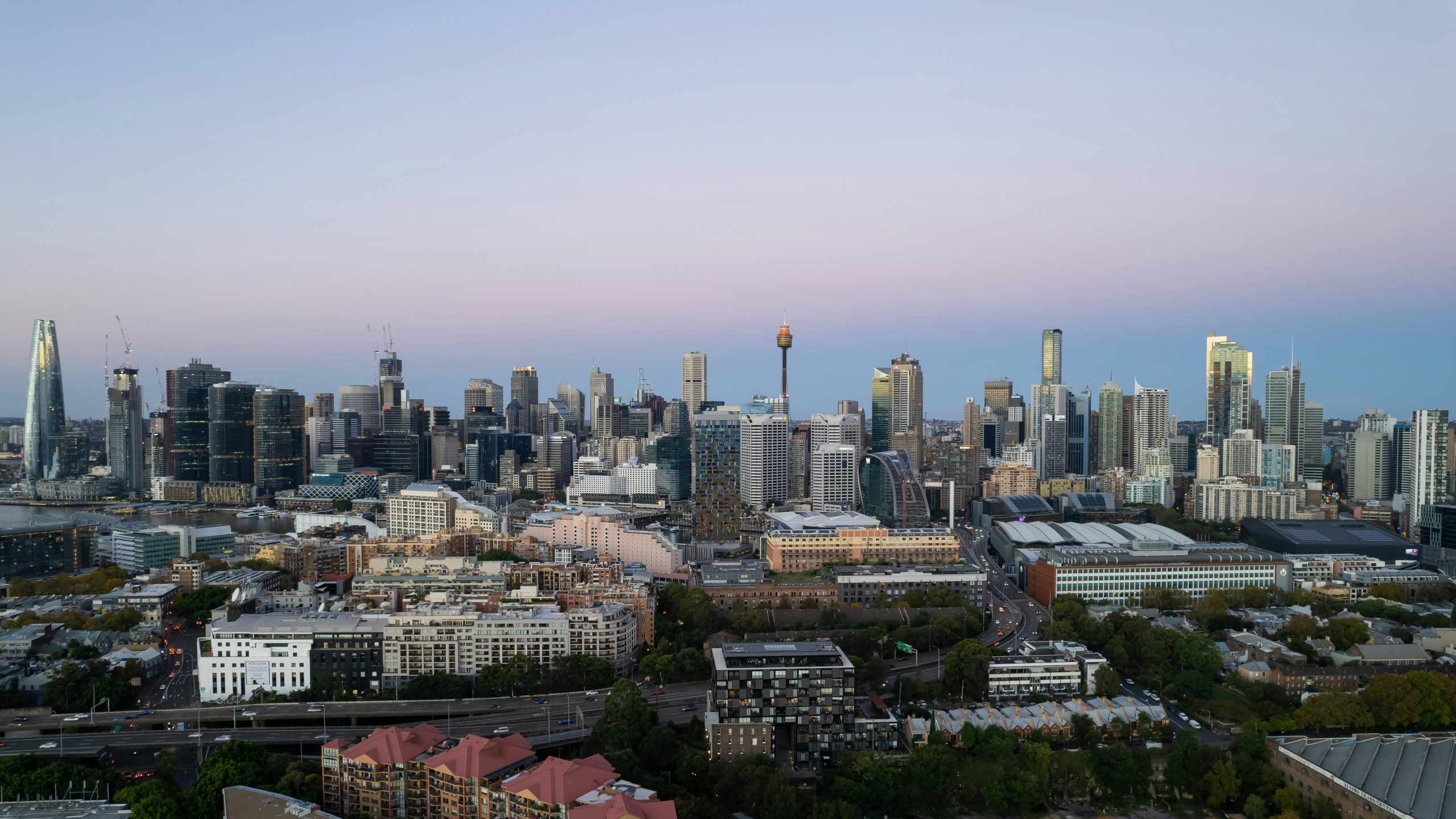
A key moment to integrate cities in global climate science
The forthcoming IPCC Special Report on Cities and Climate Change is a crucial opportunity for the urban climate research community to ensure the critical importance and vulnerability of cities is more accurately reflected in global climate science.
Although climate change and its impacts affect the entire planet, both the causes of man-made climate change and the people exposed to it are highly concentrated in densely populated urban areas.
Urban areas occupy only 1-3% of land, yet they are home to most of the world’s population and are responsible for approximately 70% of current greenhouse gas emissions.
By 2050, an additional 2.5 billion people are expected to live in urban areas, with up to 90% of this growth anticipated in the Global South, where the population is expected to experience an increased rate of vulnerability.
While their overall role is significant, cities and their climates are poorly represented in climate modelling and observations.
Urban climate research is also underrepresented in assessments of the physical basis of climate, with the inclusion of cities not being formalised until the 5th Assessment Report of the Intergovernmental Panel on Climate Change (IPCC) in 2014.
What’s the problem?
Failing to measure and understand climate processes at urban scales undermines the accuracy of climate assessments in cities.
This means policies to mitigate and adapt to climate change may not account for the climate consequences experienced in cities.
This also limits our ability to develop effective strategies for climate adaptation and mitigation, posing risks to the future resilience of societies.
Now is the moment
There is a unique opportunity to address this issue with the planned Special Report on Climate Change and Cities as part of the IPCC’s 7th Assessment Cycle. This report, which is expected to be released in 2027, marks the first time the IPCC has dedicated a coordinated effort focused on cities.
And the timing is perfect. Stakeholders have been asking for more information to inform policy in urban areas and urban climate science has made important recent advances. First, there is evidence that cities not only create distinctive climates but also impact regional climates and extreme events beyond their boundaries.
Urbanisation exacerbates heatwaves, alters the water cycle, and generates increased precipitation over and downwind of some cities. These regional effects, which are similar in scale to deforestation in non-urban areas, underscore the role of cities in exacerbating climate hazards in compounding ways that researchers are still exploring.
Second, climate models are becoming more accurate and can operate at a higher resolution, meaning they can focus more specifically on smaller areas. This increased accuracy means that ignoring urban areas can result in inaccurate simulations. This is especially the case for the highly advanced and very accurate kilometre-scale simulations that 21st Century Weather and other major research centres around the world are now attempting.
How do we solve this?
Over the last 35 years, the global urban climate research community has contributed substantial knowledge and understanding of how urbanisation impacts local climate.
This community must now play a larger role in integrating their physical understanding of urban climate processes in global climate change discussions.
According to these researchers, the impact of climate change on cities, as well as the impact of cities on climate change, can no longer be assessed in isolation.
Among the critical research gaps they identified are urban climate hazards and their compounding impacts (heat, air quality, flooding), urban greenhouse gas emissions, and urban climate justice.
As well as addressing knowledge and technology gaps, the research community also needs to better share its urban knowledge with other climate scientists, including the authors of IPCC reports.
This story was adapted from an article written by Dr Negin Nazarin of UNSW Sydney and Professor Melissa Hart of the University of Tasmania, together with their collaborators. Negin is a Chief Investigator with both the ARC Centre of Excellence in 21st Century Weather and the ARC Centre of Excellence for Climate Extremes. Melissa is the Associate Director – Training & Leadership with 21st Century Weather.
Published in the journal PLOS Climate, you can read the full article here.
Contributing authors include:
- Winston Chow (College of Integrative Studies & Urban Institute, Singapore Management University)
- Benjamin Bechtel (Bochum Urban Climate Lab, Ruhr University, Bochum)
- Gerald Mills (School of Geography, University College, Dublin)
- Ariane Middel (School of Arts, Media and Engineering, Arizona State University)
- E. Scott Krayenhoff (School of Environmental Sciences, University of Guelph)
- Gaby S. Langendijk (Climate Adaptation and Disaster Risk Department, Deltares, Delft)
- Lei Zhao (Department of Civil and Environmental Engineering, University of Illinois)
- Andy Pitman (ARC Centre of Excellence for Climate Extremes, Climate Change Research Centre, University of New South Wales, Sydney
